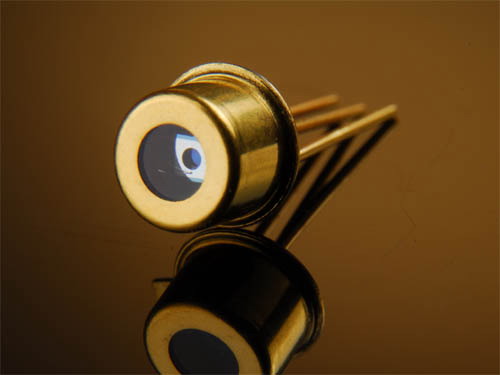Automotive Thermal Management: Maintaining Optimal Temperatures for Peak Performance

Automotive Thermal Management The Growing Need for Effective Cooling Systems As vehicles become more technologically advanced with the addition of more electronic components, effective thermal management systems are more crucial than ever before. Modern cars contain multitudes of sensors, controllers, and other electronics that generate significant amounts of heat. At the same time, these components must operate within narrow temperature ranges to function properly and last for the lifetime of the vehicle. If components overheat, it can lead to failure or decreased performance and reliability over time. On the other hand, components that get too cold may not start up or calibrate correctly. Maintaining optimal operating temperatures is important for ensuring safety, longevity, and an enjoyable driving experience. Advancements in Cooling System Design To keep up with increasing thermal loads, automakers have had to develop more sophisticated cooling system des...



